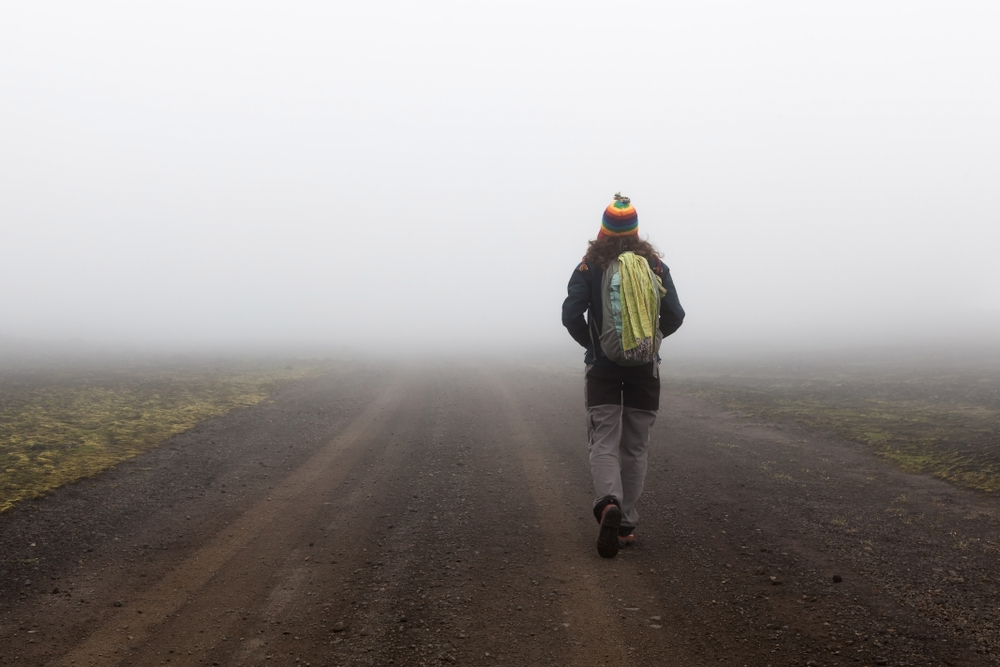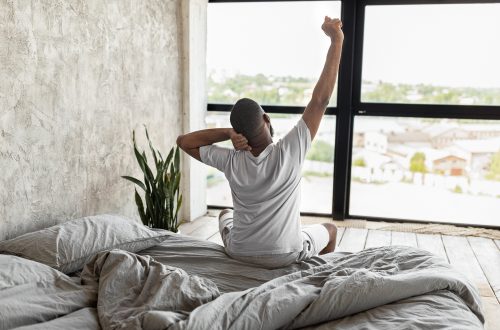There was a time when walking meant something very specific to me. It meant getting from point A to point B, usually in a rush, usually with headphones wedged in my ears and my eyes fixed on the tiny screen glowing in my hand. A commute, an errand, a task disguised as movement. Walking was a bridge between destinations, not a destination itself.
It sounds small, but when I shifted how I walked, I shifted how I lived. It began with one of those restless afternoons when my apartment walls pressed too close, and my head felt stuffed with lint from staring at a screen too long. I slipped on a pair of sneakers, not to exercise, not to hit a certain number of steps, but simply because I needed air. I stepped outside without a plan and decided I wouldn’t time myself, wouldn’t plot a route. I’d just go.
At first, I felt absurd. Who walks without a destination? My legs moved, but my mind fidgeted, trying to impose order. Should I circle the block? Should I head toward the park? How long should I be out? But somewhere between the corner store and a street I’d never turned down before, I let go of the need to know. My walk unspooled like a ribbon, leading me nowhere, and I followed.
That first aimless walk was short, maybe twenty minutes, but something in me felt oddly rinsed out afterward. My body wasn’t buzzing with the adrenaline of a workout or sagging with exhaustion. Instead, it was steady, balanced. More importantly, my mind felt lighter. For the first time in weeks, I wasn’t measuring myself against anything. I was just… there.
Over time, these unplanned walks became a ritual. I started going in the evenings, after dinner, when the air softened and the light turned syrupy. Sometimes I’d take streets I didn’t know well, tracing them like veins on the back of a hand. Other times I wandered to familiar spots but slowed down enough to notice things I usually missed — the crooked smile of a mailbox, the smell of someone’s cooking sneaking out from an open window, the way ivy fingers its way up a brick wall as if determined to climb into the sky.
The beauty of walking without purpose is that it gently teaches you to release control. Life, at least mine, is usually a checklist: finish this, buy that, reply to those messages, fold the laundry. But a purposeless walk is an interruption of that logic. There is nothing to achieve, nothing to complete. You don’t finish a walk like this; you just decide, eventually, to turn around. That decision alone feels like a tiny rebellion against the pressure to maximize every moment.
Sometimes I’ll notice my mind quieting during these walks. The chatter that usually clogs my thoughts — what emails I haven’t answered, what errands I’m behind on — begins to thin out, like mist lifting. In its place comes a looser kind of thinking. I’ll remember snippets of dreams, or invent little stories about strangers I pass, or think about something that happened years ago that I hadn’t recalled in ages. My brain, free from constant nudging, begins to wander the way my legs do.
Of course, not every walk feels profound. Some are just… walks. The pavement stretches, the traffic hums, and I eventually come home with nothing remarkable to report. But even those walks carry something valuable: the simple act of moving without a scoreboard. It’s the difference between drinking water because you’re parched and drinking water because it’s part of a health challenge. One satisfies; the other measures.
I once bumped into a neighbor on one of these rambles. He asked me where I was headed, and when I shrugged and said, “Nowhere, really,” he gave me a look that hovered between envy and confusion. I understood — we live in a culture that prizes direction. We’re told to know our five-year plans, to map our days in productivity apps, to chase goals as though standing still is a kind of failure. But walking nowhere has shown me that drifting, too, has its own quiet rewards.
There’s also something deeply human about walking. It connects me to every version of myself that came before — the child who stomped through puddles just to see the splash, the teenager who walked for hours with friends because neither of us wanted to go home, the younger adult who paced cities I didn’t know, trying to stitch them into memory. Each aimless walk now carries threads of those past wanderings, a reminder that moving through space is one of the simplest, most grounding things a body can do.
The seasons write themselves into these walks, too. In summer, the air folds around me like a heavy blanket, sticky with humidity, and I find myself seeking shade like a shy animal. In autumn, the crunch of leaves underfoot feels almost ceremonial, each step a reminder of time’s passage. Winter demands layers, gloves, a steady rhythm to keep warm, and there’s a special hush to the world when snow clings to branches. Spring, of course, is a riot of scent and color, and walking then feels like being let in on a secret that everything is alive again.
When I return home after these walks, I rarely feel like I’ve accomplished something in the conventional sense. The sink might still hold dishes, my inbox still groans with unanswered notes. But I return with a looseness in my chest, as if I’ve exhaled something I didn’t know I was holding. My body feels more grounded, my mind less tangled. I sleep better, too, not because I walked a certain number of steps, but because I spent time in my own skin without trying to bend it toward a purpose.
There’s a peculiar joy in recognizing that not every moment of life needs to be optimized. Some moments are meant to drift, to wander, to carry you nowhere except back to yourself. Walking without destination has become my way of reminding myself that presence is not always found in doing more, but sometimes in doing less, more slowly.
And so, most evenings now, when the day feels heavy or the air inside grows stale, I tie my laces, step outside, and let the streets decide where I’ll go. Some nights I circle back quickly. Others stretch into an hour before I even realize how far I’ve gone. Either way, the point isn’t the distance or the destination. The point is the going, the noticing, the being.
It’s strange how something so simple can feel so radical. To walk without reason, to embrace the uselessness of it, is to remember that life isn’t always a ladder to climb or a finish line to cross. Sometimes it’s just a path under your feet, lit by streetlamps or stars, waiting for you to take the next step without needing to know where it leads.
And more often than not, that’s exactly enough.





